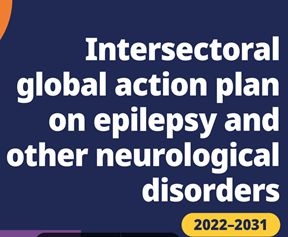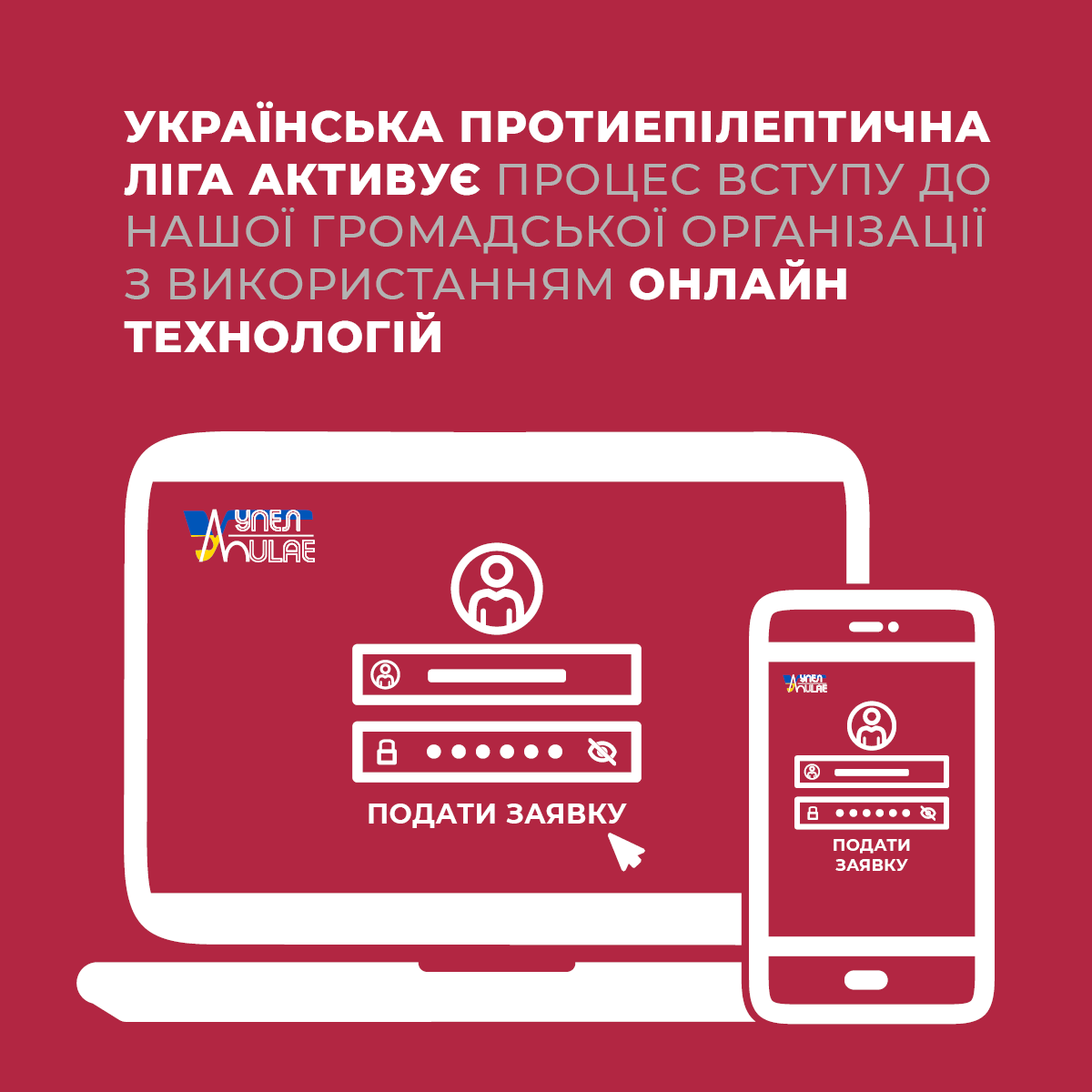Seizure 2020, Vol 74, Editor’s Choice: “Socioeconomic outcome and access to care in adults with epilepsy in Sweden: a nationwide cohort study”
The link between higher socioeconomic status and better health is beyond any doubt. The many strands of evidence which support this link have recently been summarized in a document produced by the British Medical Association (1): In the United Kingdom (UK), a high income country with free access to healthcare for all citizens, life expectancy in the most deprived areas is 7 to 8 years lower for men, and 4 to 6 years lower for women, than in the least deprived areas. Wealth-related differences in health status are detectable before birth: birth weight, a recognized marker of subsequent cognitive development, is, on average, 200 grams lower in babies born in the poorest areas in the UK than in those born in the most affluent areas. Babies living in poverty are more likely to die within their first year of life. In the mothers, poverty increases the risk of postnatal depression and is associated with lower rates of breastfeeding. Children born into poverty are more likely to develop a range of chronic diseases as well as diet-related problems; in their first year of school, children living in the most deprived areas are twice as likely to be obese than children living in the least deprived areas (12.5% versus 5.5%). Poor children also have higher rates of fatal and non-fatal accidents, their risk of dying from unintentional injury is 13 times greater. A link with poverty even exists for genetic conditions such as cystic fibrosis, and poorer children experience worse growth, poorer lung function, higher risk of infection. The pattern continues into adulthood where most long-term conditions have been found to be more common among lower socio-economic groups, including diabetes, chronic obstructive pulmonary disease, arthritis and hypertension. Two-fifths of adults in England aged 45 to 64 with below-average incomes have a limiting long-term illness. This is twice the rate of adults of the same age with above-average incomes. The risk of developing epilepsy is also much greater in poorer areas in the UK (2). Not surprisingly, similar findings have been reported from other countries. For instance one study from the USA found the prevalence of active epilepsy to be 1% across the country, but twice as high in low-income households (3).
My Editor’s Choice paper from the current volume of Seizure is an original research paper by Klara Andersson et al (4). Their cohort study data based on 126,406 adult patients with a diagnosis of epilepsy from the Swedish patient register and a control population of 379,131 adults without epilepsy confirmed that low income levels were associated with a higher risk of epilepsy and that people with epilepsy (PWE) had more somatic and psychiatric comorbidities and lower levels of education than controls. However, the findings of this study go beyond these well-known associations and shed additional light on some of the reasons for the poorer health outcomes observed in PWE of low socioeconomic status. For instance, the study demonstrates that – although the Swedish healthcare system aspires to offer the same free healthcare to all patients in need, regardless of their level of income - hospitalizations were more common among PWE from lower than higher income groups. Conversely, PWE in the high-income (and high education) groups were more likely to have received at least one medication prescription from a specialist in neurology in the five-year study period than those in the most disadvantaged groups. These findings mean that healthcare systems which are passively available to the whole population, but which do not reach out more actively to provide healthcare to patients in lower socioeconomic groups are unlikely to diminish health inequalities. In fact, even active healthcare outreach efforts are unlikely to level differences between socioeconomic groups in health outcomes and mortality without addressing differences in nutrition, housing, education and many other spheres of life from childhood onwards.
References:
1) British Medical Association, Board of Science. Health at a price - reducing the impact of poverty, a briefing from the Board of Science. British Medical Association, London, 2017.
2) Steer S, Pickrell WO, Kerr MP, et al. Epilepsy prevalence and socioeconomic deprivation in England. Epilepsia 2014;55:1634-1641.
3) Centers for Disease C, Prevention. Epilepsy in adults and access to care--United States, 2010. MMWR Morb Mortal Wkly Rep 2012;61:909-913.
4) Andersson K, Ozanne A, Edelvik A, Chaplin J,
Malmgren K, Zelano J. Socioeconomic outcome and access to care in adults with epilepsy in Sweden: a nationwide cohort study. Seizure 2020; 74:71-76
Seizure 2020, Том 74, Вибір редактора: "Соціально-економічний наслідок та доступ до медичної допомоги у дорослих пацієнтів з епілепсією у Швеції: загальнонаціональне когортне дослідження"
Зв'язок між більш високим соціально-економічним статусом і кращим здоров'ям не викликає ніяких сумнівів. Численні докази, що підтверджують цей зв'язок, нещодавно були узагальнені в документі, виданому Британською медичною асоціацією (1): У Сполученому Королівстві (Великобританія), країні з високим рівнем доходів і безкоштовним доступом до охорони здоров'я для всіх громадян, очікувана тривалість життя в найбільш неблагополучних районах на 7-8 років нижче для чоловіків і на 4-6 років нижче для жінок, ніж у найменш неблагополучних районах. Відмінності в стані здоров'я, пов'язані з добробутом, виявляються до народження: вага при народженні, визнаний маркер подальшого когнітивного розвитку, в середньому на 200 грамів нижче у дітей, народжених в найбідніших районах Великобританії, ніж у дітей, народжених у найбагатших районах. Діти, що живуть в бідності, частіше вмирають протягом першого року життя. У матерів бідність збільшує ризик післяпологової депресії і пов'язана з більш низькими показниками грудного вигодовування. Діти, народжені в злиднях, з більшою ймовірністю можуть захворіти цілою низкою хронічних захворювань, а також мати проблеми, пов'язані з харчуванням; у перший рік навчання діти, які проживають в найбільш позбавлених районах, в два рази частіше страждають ожирінням, ніж діти, які проживають в найменш позбавлених районах (12,5% проти 5,5%). Бідні діти також мають більш високі показники нещасних випадків із смертельними та не смертельними наслідками, їх ризик померти від ненавмисних травм у 13 разів більший. Зв'язок із бідністю існує навіть для генетичних станів, таких як муковісцидоз, і у бідних дітей спостерігається гірший ріст, погана функція легенів, вищий ризик зараження. Ця тенденція зберігається і в зрілому віці, коли більшість довгострокових захворювань, як було встановлено, частіше зустрічаються серед нижчих соціально-економічних груп, включаючи діабет, хронічну обструктивну хворобу легенів, артрит і гіпертонію. Дві п'ятих дорослих в Англії у віці від 45 до 64 років з доходами нижче середнього мають обмежуючі тривалі захворювання. Це в два рази більше, ніж у дорослих того ж віку з доходами вище середнього. Ризик розвитку епілепсії також значно вище в бідних районах Великобританії (2). Не дивно, що аналогічні результати були отримані і в інших країнах. Наприклад, одне дослідження з США показало, що поширеність активної епілепсії становить 1% по всій країні, але вдвічі вище в сім'ях з низьким рівнем доходом (3).
Мій вибір як редактора з поточного номеру "Напад" – це оригінальний дослідницький документ Klara Andersson et al (4). Дані їх когортного дослідження на основі 126 406 дорослих пацієнтів з діагнозом епілепсія зі шведського реєстру пацієнтів та контрольної популяції 379 311 дорослих людей без епілепсії підтвердили, що низький рівень доходів асоціюється з більш високим ризиком епілепсії та що люди з епілепсією (ЛЗЕ) мають більше соматичних та психіатричних захворювань та нижчий рівень освіти, ніж контрольна група. Однак результати цього дослідження виходять за рамки цих добре відомих асоціацій і проливають додаткове світло на деякі причини погіршення показників здоров'я, що спостерігаються у осіб з низьким соціально-економічним статусом. Наприклад, дослідження показує, що, хоча шведська система охорони здоров’я прагне запропонувати однакову безкоштовну медичну допомогу для всіх пацієнтів, які потребують, незалежно від рівня їх доходу, госпіталізація була більш поширеною серед людей з епілепсією з більш низьким, ніж з більш високим рівнем доходу. І навпаки, люди з епілепсією з високим рівнем доходу (і високим рівнем освіти) з більшою ймовірністю отримували хоча б один рецепт від невролога протягом п'ятирічного періоду дослідження, ніж в найбільш неблагополучних групах. Ці результати означають, що системи охорони здоров'я, які пасивно доступні для всього населення, проте які не виявляють більш активної участі у наданні медичної допомоги пацієнтам з більш низьких соціально-економічних груп, навряд чи зменшать нерівність щодо здоров'я. Насправді, навіть активні зусилля в галузі охорони здоров'я навряд чи зможуть нівелювати відмінності між соціально-економічними групами в показниках здоров'я і смертності без врахування відмінностей у харчуванні, житлі, освіті та багатьох інших сферах життя, починаючи з дитинства.
References:
1) British Medical Association, Board of Science. Health at a price - reducing the impact of poverty, a briefing from the Board of Science. British Medical Association, London, 2017.
2) Steer S, Pickrell WO, Kerr MP, et al. Epilepsy prevalence and socioeconomic deprivation in England. Epilepsia 2014;55:1634-1641.
3) Centers for Disease C, Prevention. Epilepsy in adults and access to care--United States, 2010. MMWR Morb Mortal Wkly Rep 2012;61:909-913.
4) Andersson K, Ozanne A, Edelvik A, Chaplin J, Malmgren K, Zelano J. Socioeconomic outcome and access to care in adults with epilepsy in Sweden: a nationwide cohort study. Seizure 2020; 74:71-76





